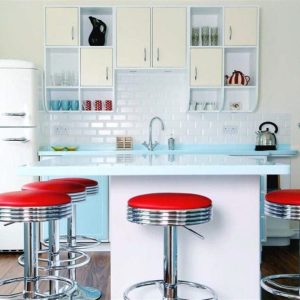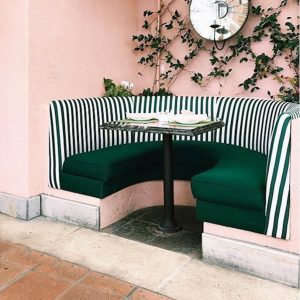Introduction
Castiglioni was a renowned Italian industrial designer who left an indelible mark on the design world. His creations were characterized by simplicity, functionality, and innovation. Castiglioni was a master of form and function, and his designs continue to inspire designers worldwide today.
Early life and career
Achille Castiglioni was born in Milan on February 16th, 1918. He came from a family of artists and designers, and this creative environment shaped his early years. After training as an architect at Milan Polytechnic, Castiglioni began his career working with his older brothers, Livio and Pier Giacomo. Together, the three brothers designed numerous objects that would go on to become icons of Italian design.
Design philosophy
Castiglioni’s design philosophy was based on simplicity, practicality, and a focus on the essential. His creations were characterized by a minimalist aesthetic and an attention to detail that bordered on perfectionism. Castiglioni was particularly interested in everyday objects and sought to elevate their design to an art form. He was an advocate of sustainable design long before it became trendy, and his creations were built to last.
Notable works
Castiglioni’s most iconic works include the Arco Lamp, the Mezzadro stool, and the Flos Toio Floor Lamp. The Arco Lamp, designed in 1962, is a masterpiece of functional design that combines a curved steel base with a suspended aluminum shade. The Mezzadro stool, designed in 1957, is a hybrid between a tractor seat and a bicycle saddle, and it remains a classic of modern design. The Flos Toio Floor Lamp, designed in 1962, is a utilitarian lamp made of industrial components that Castiglioni found in a hardware store.
Legacy
Castiglioni’s influence on the design world cannot be overstated. He was particularly important in shaping the Italian design aesthetic of the 20th century, which emphasized functionality, elegance, and simplicity. Castiglioni’s work continues to inspire designers worldwide, and his creations remain as relevant today as they were in the mid-20th century.



